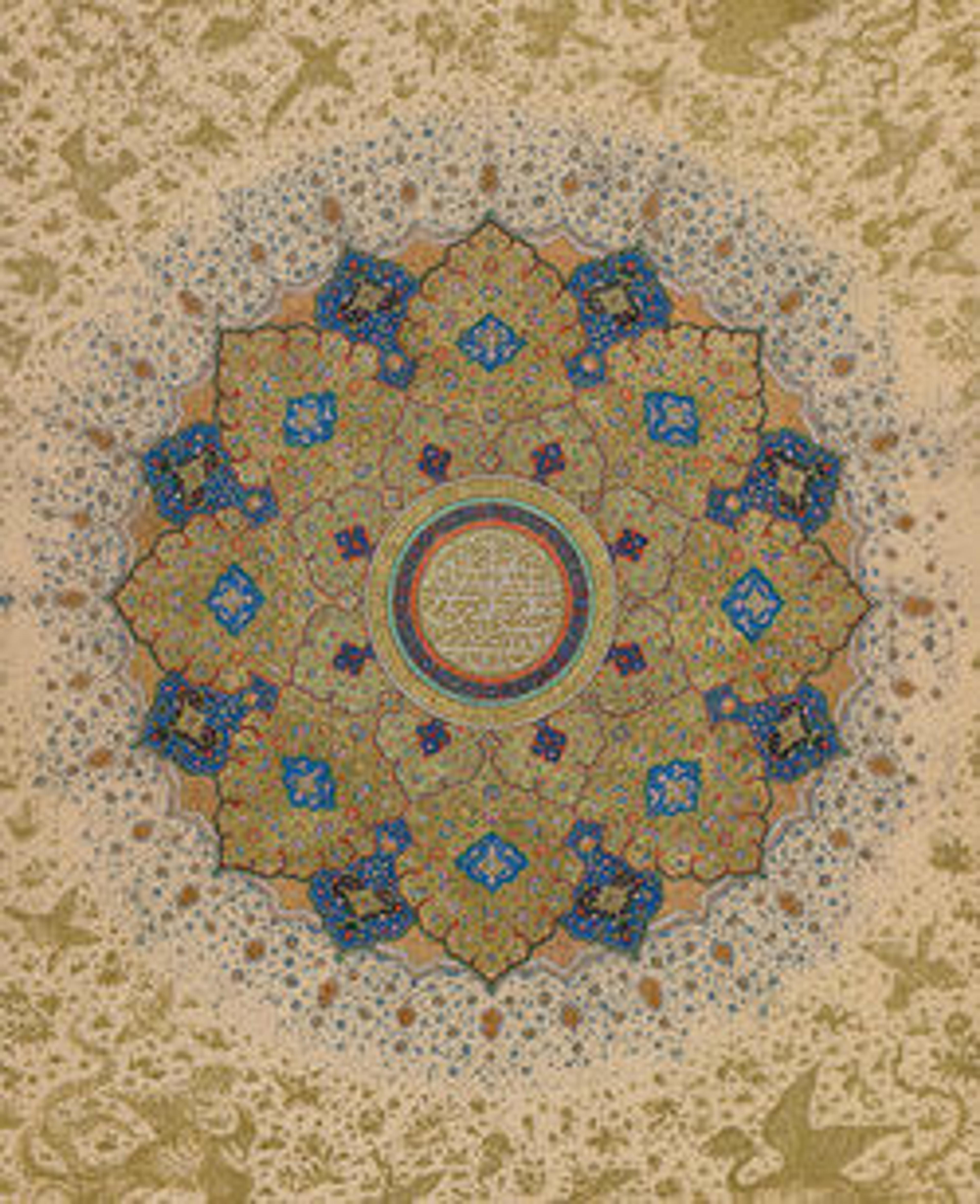Animal flask
Artwork Details
- Title: Animal flask
- Date: late 7th–8th century
- Geography: Attributed to probably Syria
- Medium: Glass, yellowish and pinkish; blown, applied decoration
- Dimensions: H. 3 3/8 in. (8.6 cm)
- Classification: Glass
- Credit Line: Purchase, Friends of Islamic Art Gifts, 1999
- Object Number: 1999.145
- Curatorial Department: Islamic Art
Audio
6681. Two Animal Flasks, Part 1
NARRATOR: We’re looking at the small glass object with a spout, which looks like a pack animal, with a large bundle on its back. It’s displayed with another small jar object, also with a spout. These might have held perfume, or other precious liquids. Curator Stefan Heidemann notes that they were made in a rather straightforward way:
STEFAN HEIDEMANN: You have a little glass jar which is blown, and then the figure is constructed with glass blobs and glass trails, just around it. And these are two early examples of Islamic glassmaking standing in the tradition of Byzantine and Roman glassmaking. The one figure… looks quite weird. It is difficult to discern what does it mean. It is an animal with almost two heads and even four heads are protruding from the glass cage. It is somehow a caravan, put together in one single piece. Both pieces are extraordinary in that they are preserved in such a good state. But you see that both are archeological objects, by the disfiguring of the color of the surface. Originally you must imagine this as a greenish and bluish transparent glass.
NARRATOR: Over time, glassmaking became one of the most innovative of all the Islamic arts. To hear about how Islamic glassmaking developed, press PLAY.
Listen to more about this artwork
More Artwork
Research Resources
The Met provides unparalleled resources for research and welcomes an international community of students and scholars. The Met's Open Access API is where creators and researchers can connect to the The Met collection. Open Access data and public domain images are available for unrestricted commercial and noncommercial use without permission or fee.
To request images under copyright and other restrictions, please use this Image Request form.
Feedback
We continue to research and examine historical and cultural context for objects in The Met collection. If you have comments or questions about this object record, please contact us using the form below. The Museum looks forward to receiving your comments.
